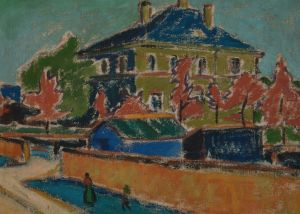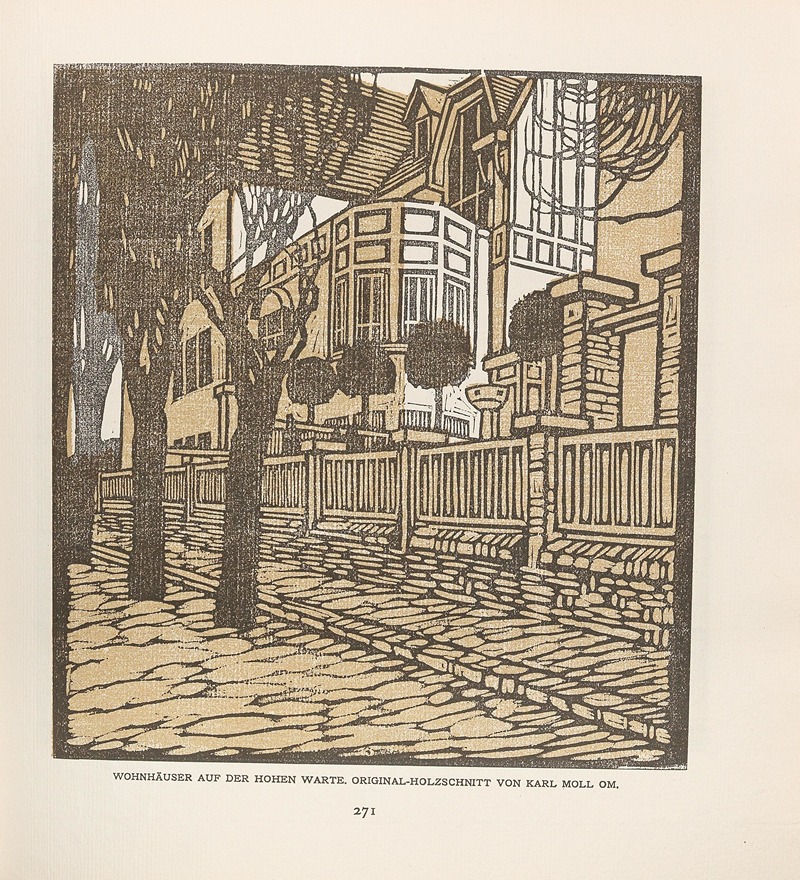
Ver Sacrum 1903 15 271 Wohnhäuser auf der Hohen Warte
A hand-painted replica of Carl Moll’s masterpiece Ver Sacrum 1903 15 271 Wohnhäuser auf der Hohen Warte, meticulously crafted by professional artists to capture the true essence of the original. Each piece is created with museum-quality canvas and rare mineral pigments, carefully painted by experienced artists with delicate brushstrokes and rich, layered colors to perfectly recreate the texture of the original artwork. Unlike machine-printed reproductions, this hand-painted version brings the painting to life, infused with the artist’s emotions and skill in every stroke. Whether for personal collection or home decoration, it instantly elevates the artistic atmosphere of any space.
"Ver Sacrum 1903 15 271 Wohnhäuser auf der Hohen Warte" by Carl Moll is a painting created by the Austrian artist Carl Moll, a prominent figure associated with the Vienna Secession movement. The artwork was published in the 1903 edition of Ver Sacrum, the official magazine of the Vienna Secession, specifically in issue 15, on page 271. The title of the painting translates to "Residential Houses on the Hohe Warte," referring to a district in Vienna, Austria, known for its modern architectural developments during the early 20th century.
Carl Moll (1861–1945) was one of the founding members of the Vienna Secession, a group of artists who sought to break away from traditional academic art and embrace modernism. His works often reflect the ideals of the Secession, emphasizing innovative design, harmony, and a connection to nature. Moll was particularly known for his landscapes and depictions of urban and suburban environments, capturing the interplay between architecture and the natural world.
The painting likely depicts the residential area of Hohe Warte, a hill in Vienna's 19th district (Döbling), which became a hub for modern architecture and design during the early 1900s. This area was home to several notable buildings designed by architects associated with the Vienna Secession, such as Josef Hoffmann. The painting reflects the aesthetic principles of the Secession movement, which sought to integrate art, architecture, and design into a cohesive whole.
Ver Sacrum (Latin for "Sacred Spring") was a significant publication for the Vienna Secession, serving as a platform for its members to showcase their work and ideas. The magazine featured a combination of visual art, essays, and poetry, emphasizing the group's commitment to interdisciplinary collaboration. Moll's inclusion in the magazine underscores his active involvement in the movement and his contributions to its artistic vision.
While specific details about the painting's composition and style are not provided in the available records, it can be inferred that the work aligns with Moll's characteristic approach, which often featured a refined use of color, light, and perspective. His paintings typically convey a sense of tranquility and order, reflecting the ideals of the Secession movement.
Further information about the painting, such as its current location or detailed analysis, is not readily available. However, its publication in Ver Sacrum highlights its importance within the context of early 20th-century Viennese art and architecture.





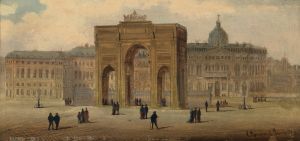

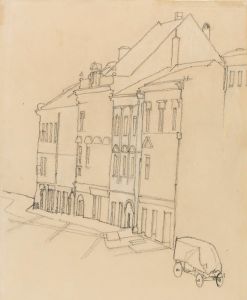
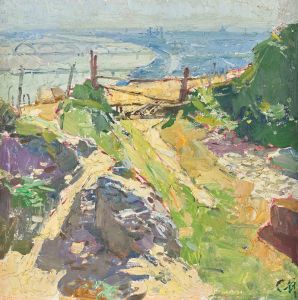
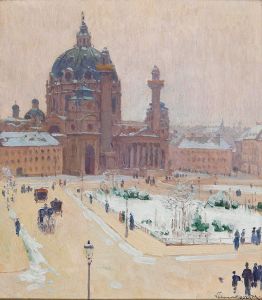
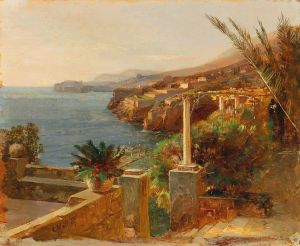
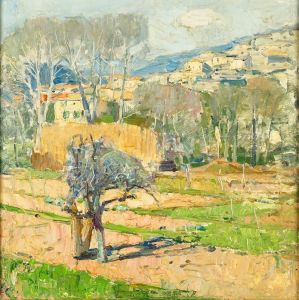
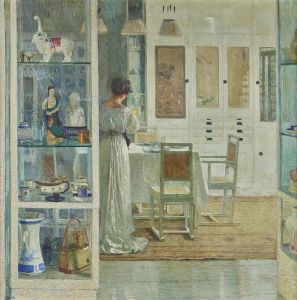
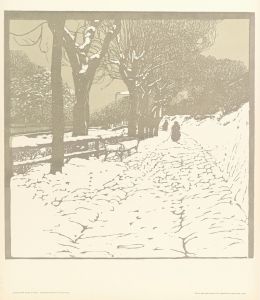
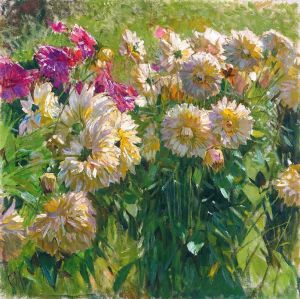
![Design drawings for the Theodore Weicker Apartment Building.] [Study for library](/imgs/249280/s/winold-reiss-design-drawings-for-the-theodore-weicker-apartment-building-study-for-library-5de755b1.jpg)
![Design for Longchamps Restaurant, 79th St., New York, NY.] [Proposed treatment for front of restaurant](/imgs/249289/s/winold-reiss-design-for-longchamps-restaurant-79th-st-new-york-ny-proposed-treatment-for-front-of-restaurant-83a4c86c.jpg)
![Interior design sketches for Alamac Hotel, 71st and Broadway, New York, NY.] [Study of interior perspective for ‘Africa Roof’](/imgs/249367/s/winold-reiss-interior-design-sketches-for-alamac-hotel-71st-and-broadway-new-york-ny-study-of-interior-perspective-for-africa-roof-91fb1603.jpg)
